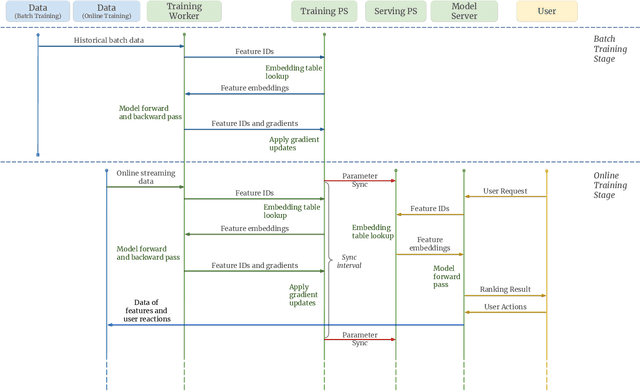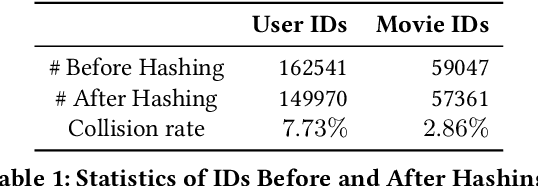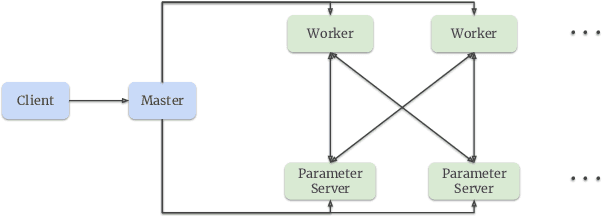Bolin Zhu
FormulaQA: A Question Answering Dataset for Formula-Based Numerical Reasoning
Feb 21, 2024Abstract:The application of formulas is a fundamental ability of humans when addressing numerical reasoning problems. However, existing numerical reasoning datasets seldom explicitly indicate the formulas employed during the reasoning steps. To bridge this gap, we propose a question answering dataset for formula-based numerical reasoning called FormulaQA, from junior high school physics examinations. We further conduct evaluations on LLMs with size ranging from 7B to over 100B parameters utilizing zero-shot and few-shot chain-of-thoughts methods and we explored the approach of using retrieval-augmented LLMs when providing an external formula database. We also fine-tune on smaller models with size not exceeding 2B. Our empirical findings underscore the significant potential for improvement in existing models when applied to our complex, formula-driven FormulaQA.
Universal Multi-modal Entity Alignment via Iteratively Fusing Modality Similarity Paths
Oct 13, 2023Abstract:The objective of Entity Alignment (EA) is to identify equivalent entity pairs from multiple Knowledge Graphs (KGs) and create a more comprehensive and unified KG. The majority of EA methods have primarily focused on the structural modality of KGs, lacking exploration of multi-modal information. A few multi-modal EA methods have made good attempts in this field. Still, they have two shortcomings: (1) inconsistent and inefficient modality modeling that designs complex and distinct models for each modality; (2) ineffective modality fusion due to the heterogeneous nature of modalities in EA. To tackle these challenges, we propose PathFusion, consisting of two main components: (1) MSP, a unified modeling approach that simplifies the alignment process by constructing paths connecting entities and modality nodes to represent multiple modalities; (2) IRF, an iterative fusion method that effectively combines information from different modalities using the path as an information carrier. Experimental results on real-world datasets demonstrate the superiority of PathFusion over state-of-the-art methods, with 22.4%-28.9% absolute improvement on Hits@1, and 0.194-0.245 absolute improvement on MRR.
Monolith: Real Time Recommendation System With Collisionless Embedding Table
Sep 27, 2022



Abstract:Building a scalable and real-time recommendation system is vital for many businesses driven by time-sensitive customer feedback, such as short-videos ranking or online ads. Despite the ubiquitous adoption of production-scale deep learning frameworks like TensorFlow or PyTorch, these general-purpose frameworks fall short of business demands in recommendation scenarios for various reasons: on one hand, tweaking systems based on static parameters and dense computations for recommendation with dynamic and sparse features is detrimental to model quality; on the other hand, such frameworks are designed with batch-training stage and serving stage completely separated, preventing the model from interacting with customer feedback in real-time. These issues led us to reexamine traditional approaches and explore radically different design choices. In this paper, we present Monolith, a system tailored for online training. Our design has been driven by observations of our application workloads and production environment that reflects a marked departure from other recommendations systems. Our contributions are manifold: first, we crafted a collisionless embedding table with optimizations such as expirable embeddings and frequency filtering to reduce its memory footprint; second, we provide an production-ready online training architecture with high fault-tolerance; finally, we proved that system reliability could be traded-off for real-time learning. Monolith has successfully landed in the BytePlus Recommend product.
Low-Resource Dialogue Summarization with Domain-Agnostic Multi-Source Pretraining
Sep 11, 2021



Abstract:With the rapid increase in the volume of dialogue data from daily life, there is a growing demand for dialogue summarization. Unfortunately, training a large summarization model is generally infeasible due to the inadequacy of dialogue data with annotated summaries. Most existing works for low-resource dialogue summarization directly pretrain models in other domains, e.g., the news domain, but they generally neglect the huge difference between dialogues and conventional articles. To bridge the gap between out-of-domain pretraining and in-domain fine-tuning, in this work, we propose a multi-source pretraining paradigm to better leverage the external summary data. Specifically, we exploit large-scale in-domain non-summary data to separately pretrain the dialogue encoder and the summary decoder. The combined encoder-decoder model is then pretrained on the out-of-domain summary data using adversarial critics, aiming to facilitate domain-agnostic summarization. The experimental results on two public datasets show that with only limited training data, our approach achieves competitive performance and generalizes well in different dialogue scenarios.
TextFlint: Unified Multilingual Robustness Evaluation Toolkit for Natural Language Processing
Apr 06, 2021



Abstract:Various robustness evaluation methodologies from different perspectives have been proposed for different natural language processing (NLP) tasks. These methods have often focused on either universal or task-specific generalization capabilities. In this work, we propose a multilingual robustness evaluation platform for NLP tasks (TextFlint) that incorporates universal text transformation, task-specific transformation, adversarial attack, subpopulation, and their combinations to provide comprehensive robustness analysis. TextFlint enables practitioners to automatically evaluate their models from all aspects or to customize their evaluations as desired with just a few lines of code. To guarantee user acceptability, all the text transformations are linguistically based, and we provide a human evaluation for each one. TextFlint generates complete analytical reports as well as targeted augmented data to address the shortcomings of the model's robustness. To validate TextFlint's utility, we performed large-scale empirical evaluations (over 67,000 evaluations) on state-of-the-art deep learning models, classic supervised methods, and real-world systems. Almost all models showed significant performance degradation, including a decline of more than 50% of BERT's prediction accuracy on tasks such as aspect-level sentiment classification, named entity recognition, and natural language inference. Therefore, we call for the robustness to be included in the model evaluation, so as to promote the healthy development of NLP technology.
 Add to Chrome
Add to Chrome Add to Firefox
Add to Firefox Add to Edge
Add to Edge